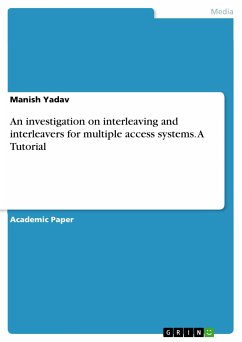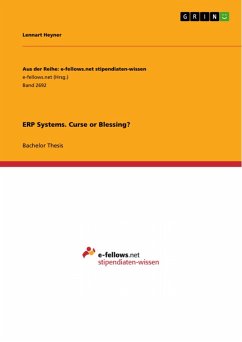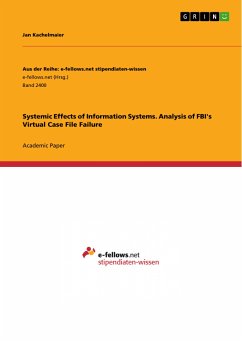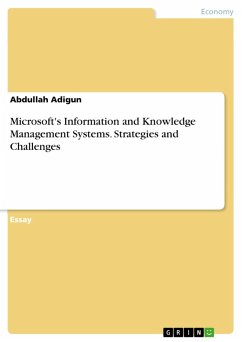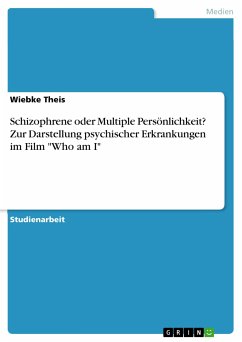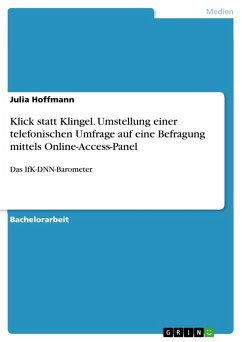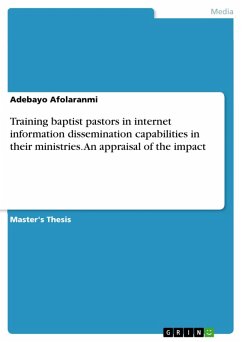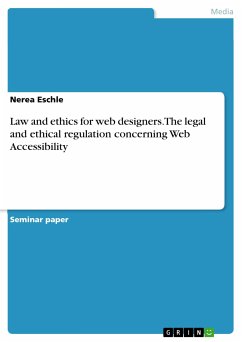Academic Paper from the year 2020 in the subject Communications - Multimedia, Internet, New Technologies, Amity University (ASET), course: PhD-(Electronics and Communication Engineering), language: English, abstract: In this tutorial, an investigation on interleaving and interleavers for the multiple access systems is presented Multiple access techniques support multiple user scenarios in advanced cellular communication systems. Interleavers and interleaving schemes are used for user separation and data shuffling in these systems. Modern day communication systems target to achieve errorless transmission of data between a transmitting and receiving end. An errorless transmission ensures high quality of service (QoS), reliability and security of data. Next generation communication system i.e., 5G aims to support voice/data/multi-media contents of high data rates with better quality and security. The supporting 5G technologies like massive machine type communication (mMTC), enhanced mobile broadband (eMBB) and ultra-reliable low latency communication (URLLC) etc. also require higher reliability and availability of services with higher QoS. Therefore, error free transmission at higher data rates becomes a critical issue. Forward error correcting (FEC) codes are deployed as an essential element of a digital communication system. Examples of the FEC codes are cyclic code, Bose-Chaudhuri-Hocquenghem (BCH) codes, linear block codes, convolution codes, turbo codes etc. These codes have potential to control those errors which occurs when digital information is passed through a communication channel. A channel may be a wireless or a wired channel. The FEC codes have the capability to detect and correct the errors present in the received data. However, only limited data bits in errors can be detected and corrected simultaneously by the FEC codes. This puts a certain limitation on efficiency
Dieser Download kann aus rechtlichen Gründen nur mit Rechnungsadresse in A, B, BG, CY, CZ, D, DK, EW, E, FIN, F, GR, HR, H, IRL, I, LT, L, LR, M, NL, PL, P, R, S, SLO, SK ausgeliefert werden.

